Ten years on, the sheer power and scale of 2011’s riots remain terrifying. But David Levene captured a counter-narrative to the “seductive” side of the chaos, photographing the aftermath and clean-up
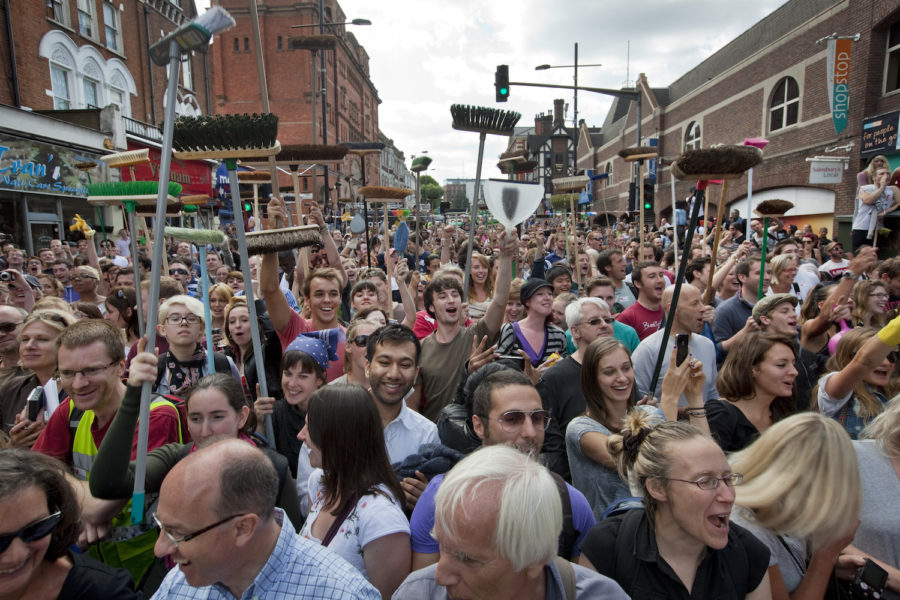

Ten years on, the sheer power and scale of 2011’s riots remain terrifying. But David Levene captured a counter-narrative to the “seductive” side of the chaos, photographing the aftermath and clean-up
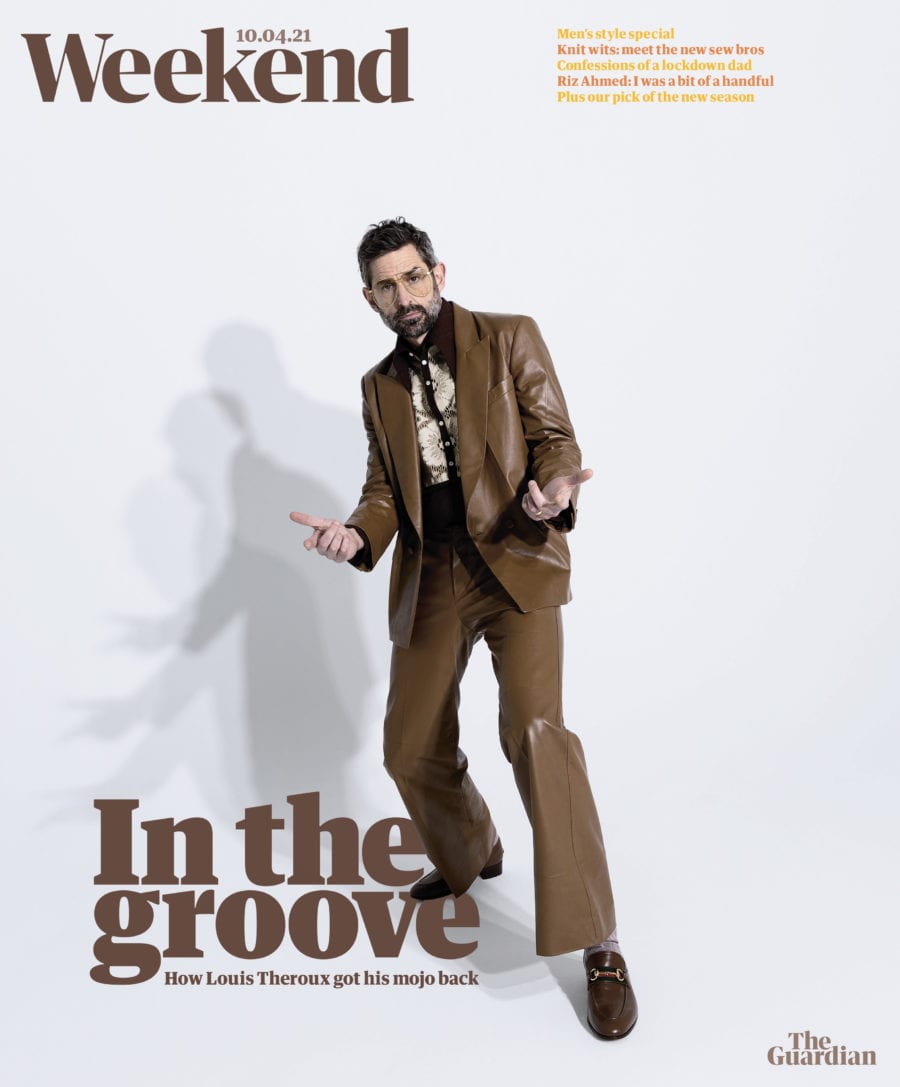
Rocking a brown leather Gucci suit, it would seem that Theroux stole the hearts of every demographic in the nation. David Vintiner unpacks the process behind the shoot
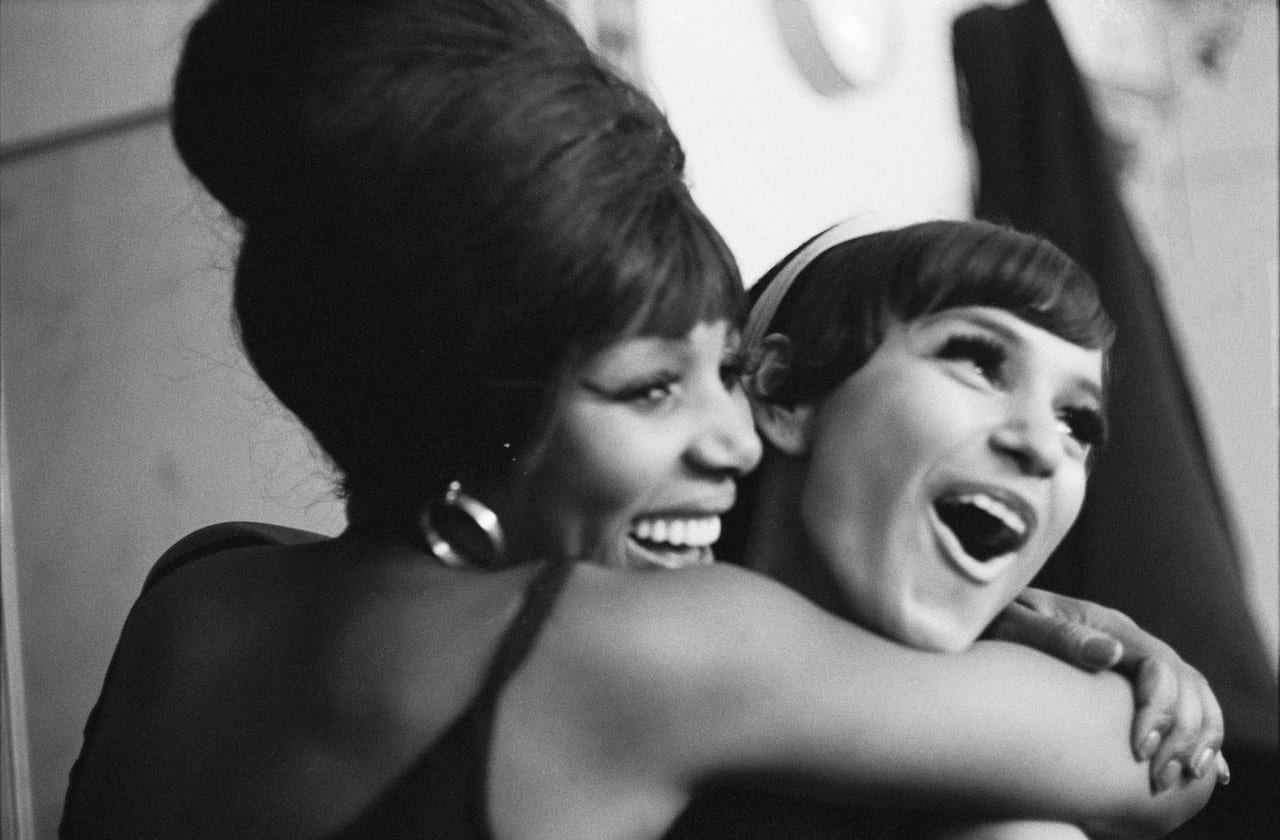
The Guardian’s photography critic selects his top photobooks and exhibitions of 2019
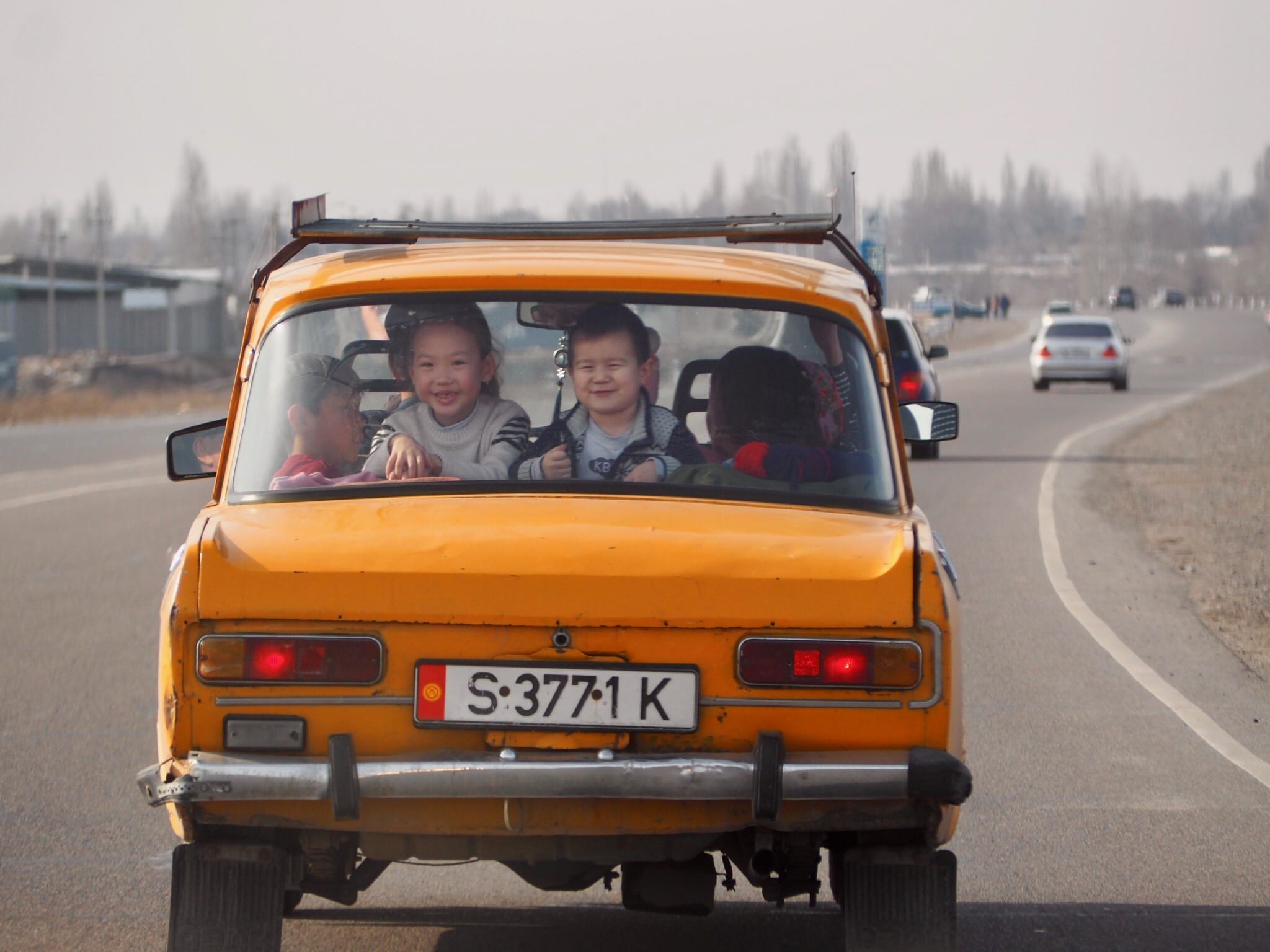
For Toby A. Cox, one of our first Portrait of Humanity People’s Choice Winners, photography…
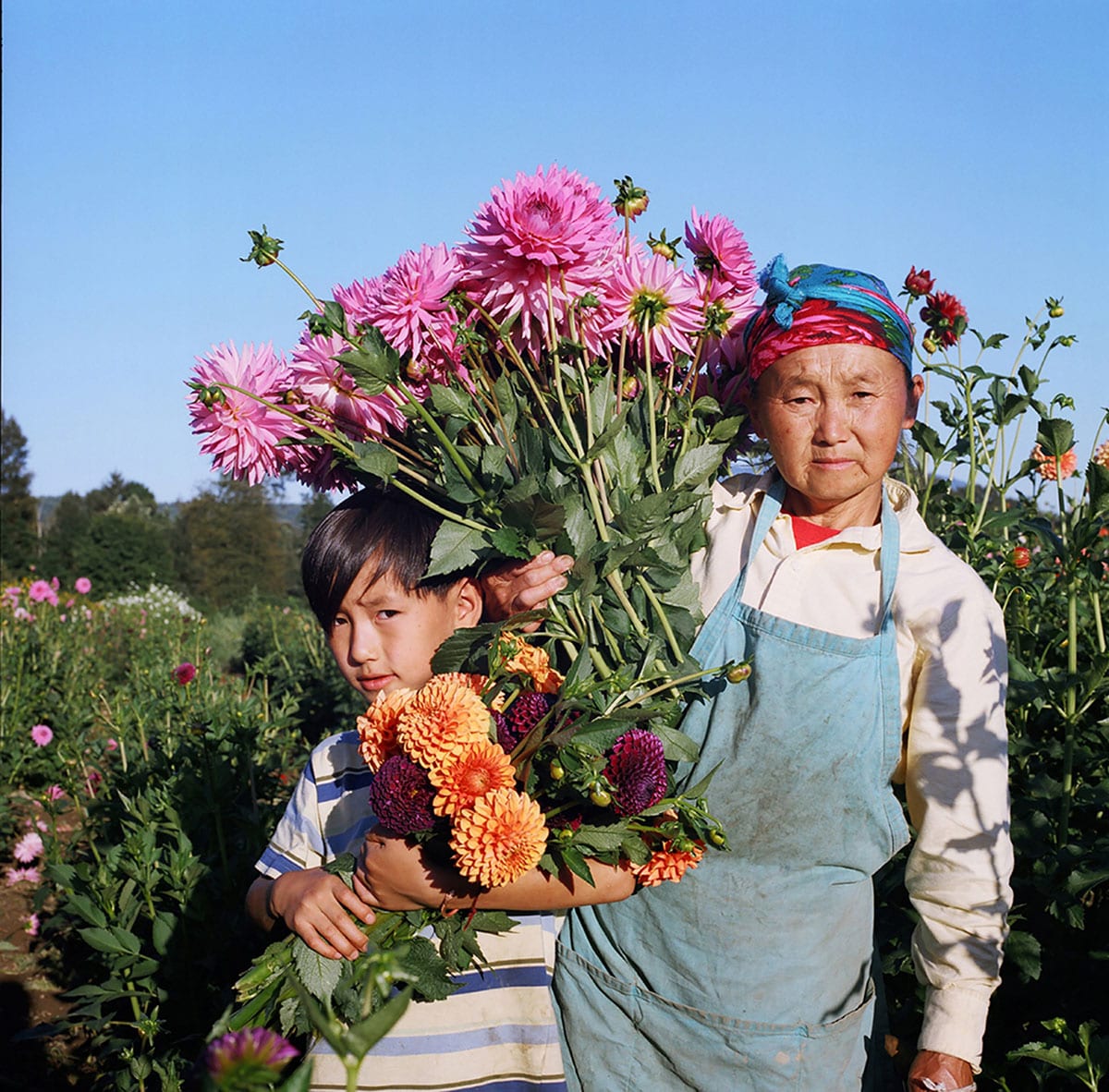
US-based photographer Anna Mia Davidson was voted as our People’s Choice Winner, after The Guardian…
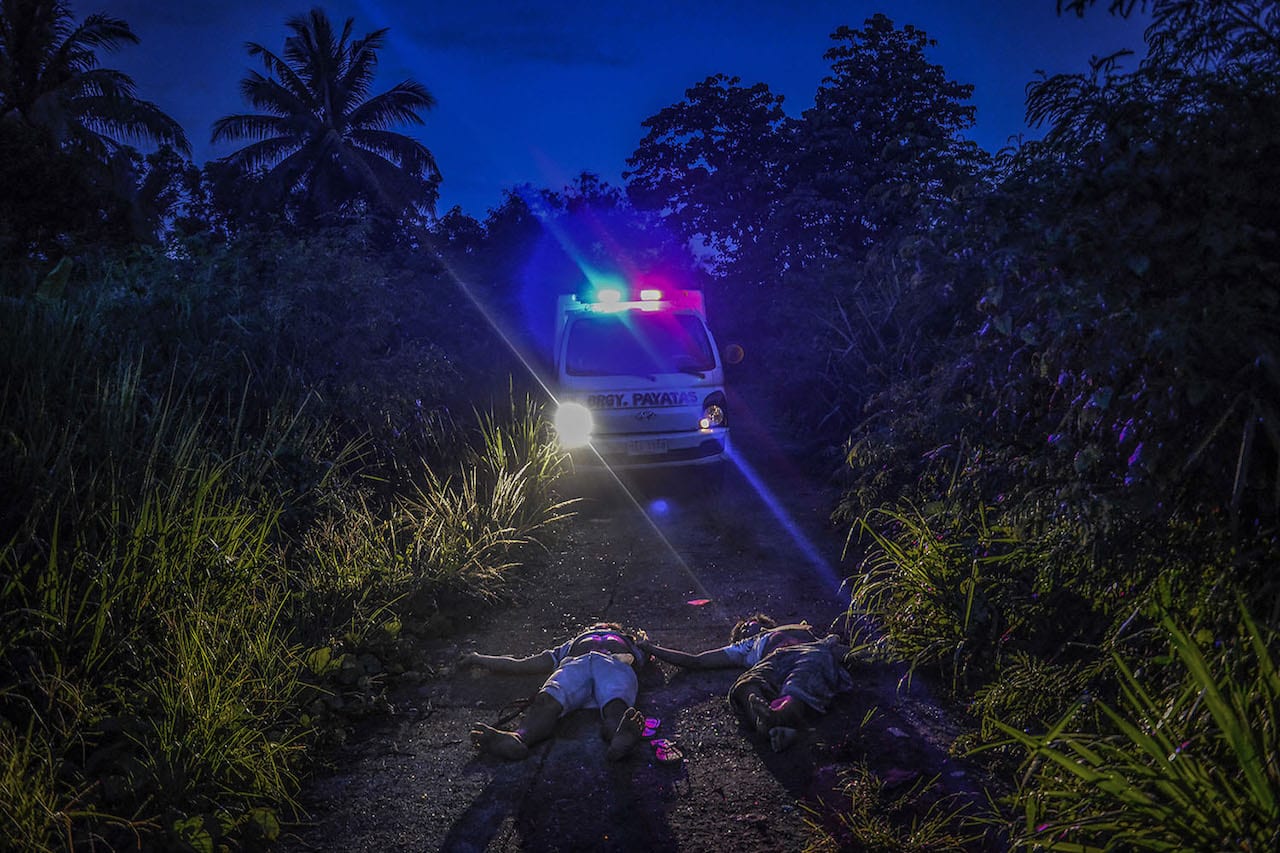
Born in 1993 in the Philippines, Ezra Acayan has won the 2018 Ian Parry Scholarship Award for Achievement for his series Duterte’s War On Drugs Is Not Over, which records the fall out from the war on drugs which President Rodrigo Duterte announced in 2016.
Threatening those connected to drug consumption and sales with the death penalty, Duterte urged members of the public to kill suspected criminals and drug addicts, and allowed the police to act with brutality. In the two years since, an estimated 20,000 people have been murdered and a state of emergency has been declared. The United Nations has appealed to the Philippine government to investigate extrajudicial killings and to prosecute the perpetrators, while the International Criminal Court has announced preliminary examinations into killings linked to the campaign.
Tough and hard-hitting, Acayan’s images aim to “illuminate the violent acts carried out in the Philippines as well as the questionable methods of Duterte and the police”.
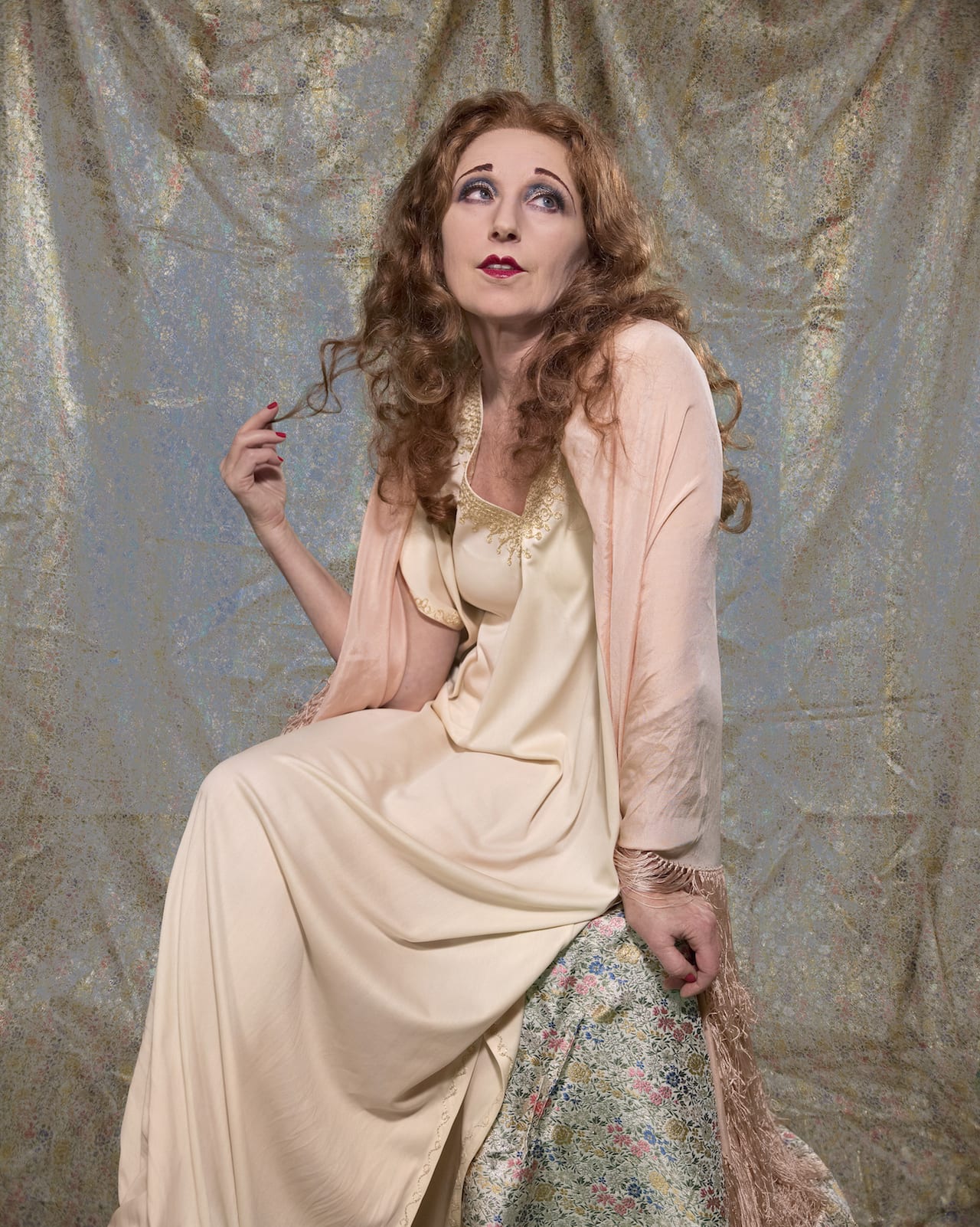
Cindy Sherman has long been known for her love of dressing up. Inventing new characters became part of her photography early on in her 35-year career, and her most famous work remains Untitled Film Stills (1977 – 80), in which she posed as imaginary B-movie and film noir actresses.
Now 64, Sherman has her first solo show in London since 2011 at Sprüth Magers’ Mayfair gallery, with a body of work also inspired by the Hollywood machine. In a selection of large-scale colour portraits, Sherman is the subject of all the images – re-cast as various ‘grandes dames’ of 1920s Hollywood, in what appear to be publicity shots.
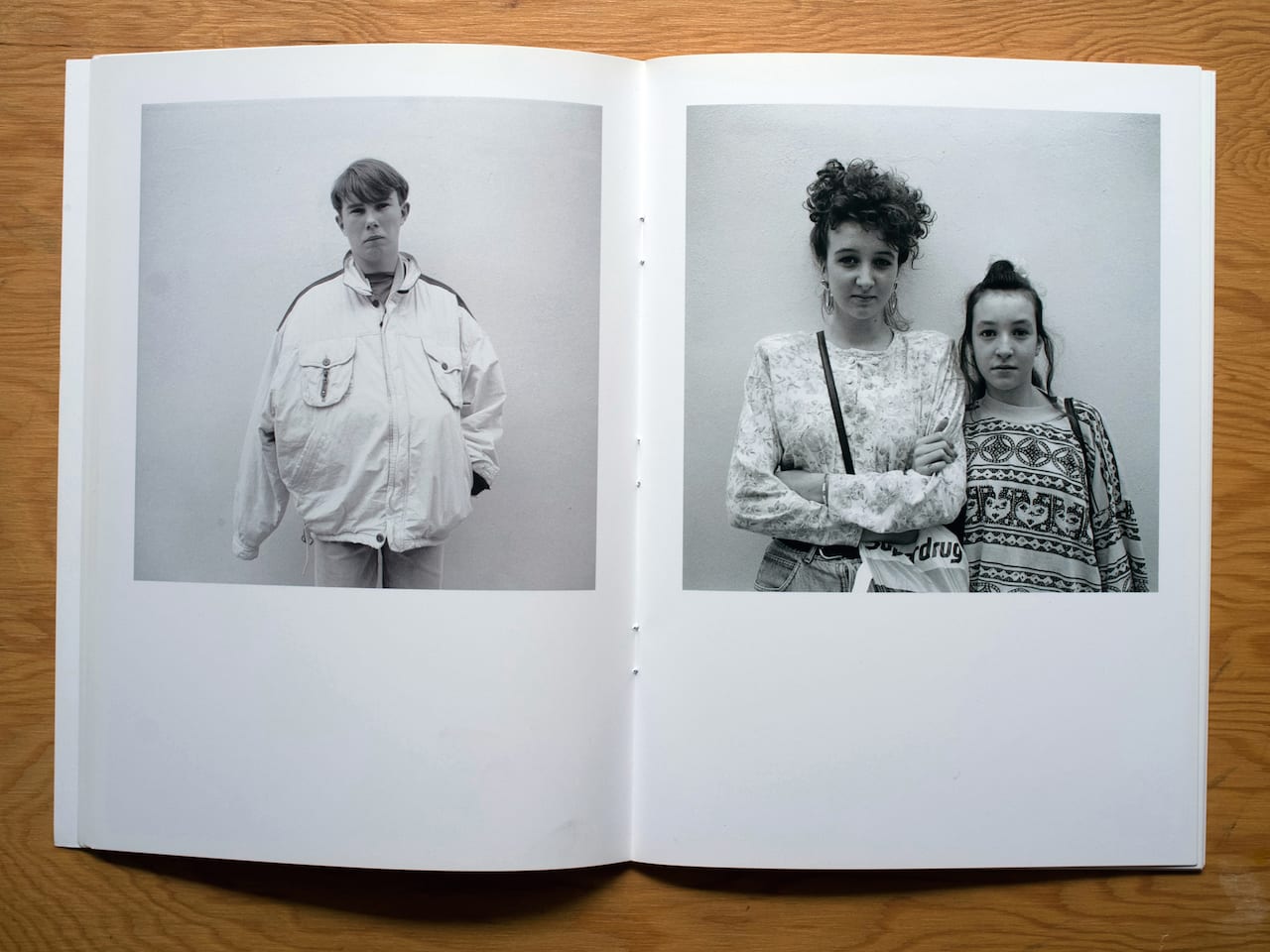
Interviewing Nigel Shafran is a circuitous, informal affair. Meeting him at his North London home, I immediately recognise Ruth, his partner and the subject of many of his photographs. I also meet his son Lev, who, though somewhat older, is also still easily discernible from his father’s pictures. The interview takes place in the kitchen familiar from Flowers for ____. Every now and then a friend calls round or phones, with plans made to throw a boomerang around in the park that afternoon, or play ping pong in the evening. Lev occasionally interjects from the living room with his take on the interview process, or on “nattering on about photography” as he puts it. “Sorry. Oh my God!” says Shafran, as the phone rings for the second time. “No worries,” I say. “You’re a busy man.” “A busy family man!” he replies. It doesn’t always make for an easy interview, but it feels appropriate for a photographer who focuses on the everyday, the domestic and the personal.
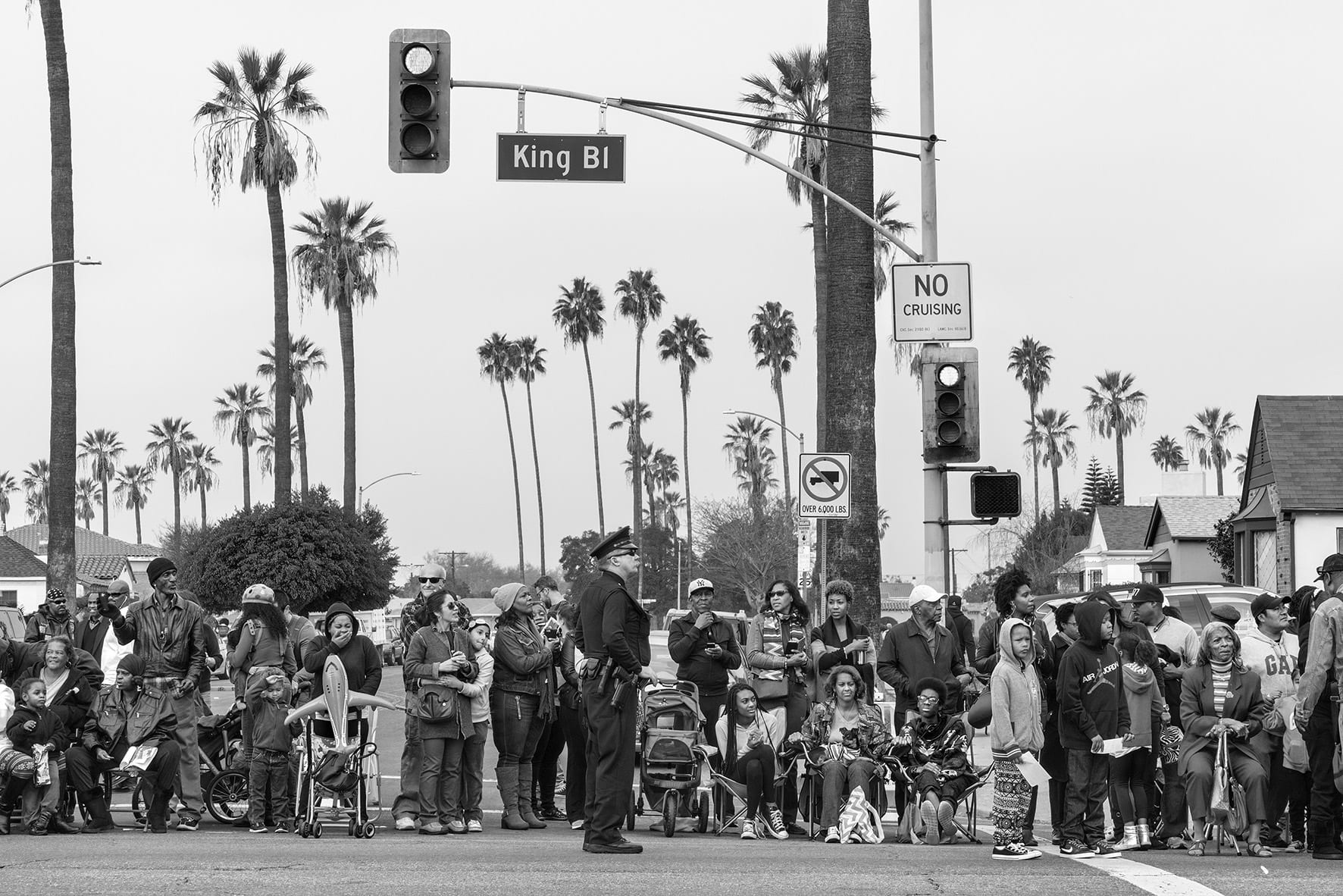
“It is an opportunity to meet people in the industry in a relaxed and enjoyable setting,” says Mimi Mollica, photographer and founder of Offspring Photomeet. “It’s easy to build contacts when you hang out for a couple of days with editors and publishers who share the same passion as you.” Offspring Photomeet will return to Space Studios in Hackney in June for its 5th annual portfolio review, offering one-on-one reviews with experts from Tate Modern, British Journal of Photography, The Guardian and more.
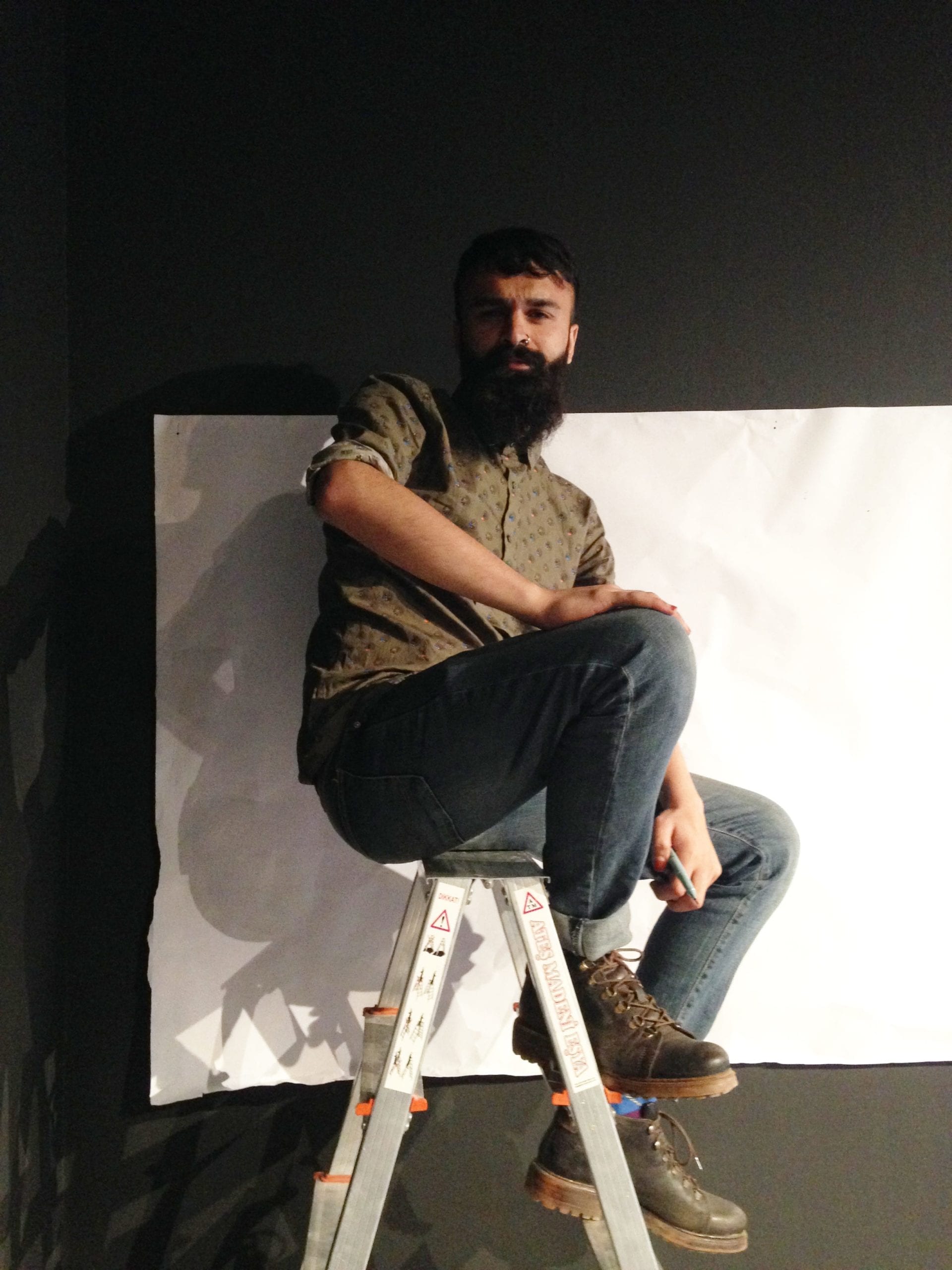
On 13 February, Çağdaş Erdoğan will stand trial in Istanbul accused of membership and support of the Kurdistan Workers’ Party (PKK), a separatist group classified as a terrorist organisation by the Turkish government. Erdoğan is of Kurdish descent, grew up in the region and, as an adult, embedded with affiliates of the PKK during the complex, multifactional conflict that has crossed the borders of Syria, Iraq and Turkey. But he did so, he claims, purely as a photojournalist intent on documenting an unseen conflict for the world’s media and without any alliance with or allegiance to any organisation. His only allegiance was to photography.